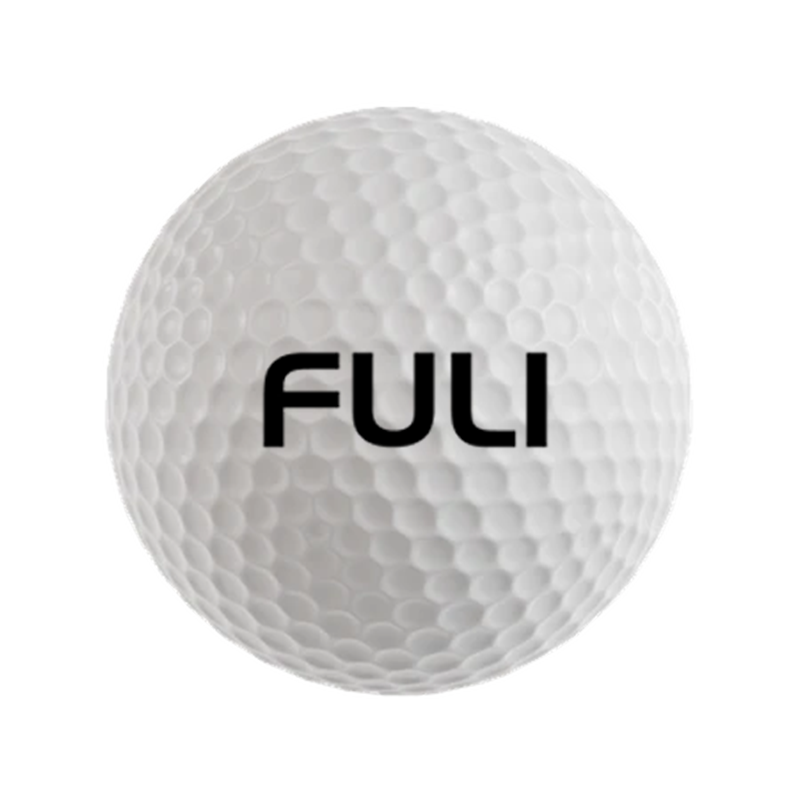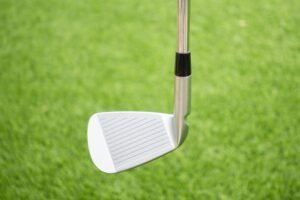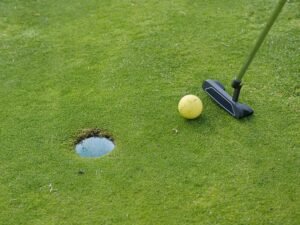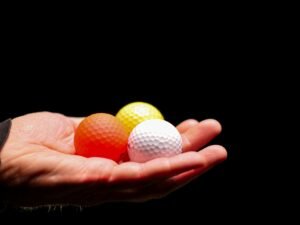
I hope you enjoy reading this blog post.
If you are looking professional golf manufacturer.
How To Choose The Right Hardness Of The Golf Ball According To The Level Of The Stroke
May 9, 2025
In the vast world of golf, many details are like the pieces of a precision clock. Related to each other, together affecting the players on the field of play. And the choice of golf is undoubtedly a key part of it. Like a beacon of light in the vast sea.
The hardness of the ball as a core and subtle element. It is like an invisible line, which directly determines the quality of the batting effect. Only by choosing the golf ball hardness that perfectly matches their own stroke level, players can have divine help on the course. Full display of skills, give full play to strength, play satisfactory results.
The Multi-dimensional Influence Of Golf Ball Hardness On Stroke
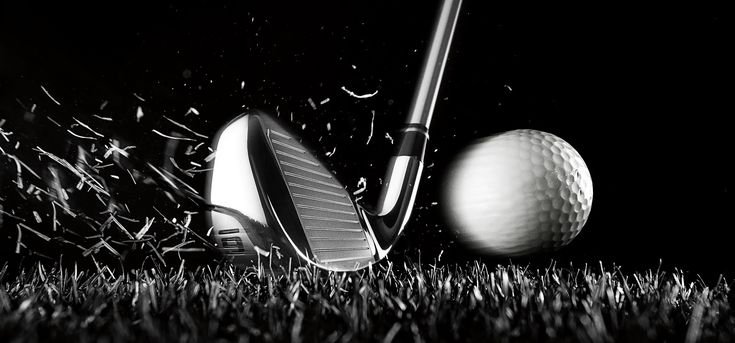
The influence of the hardness of the golf ball on the stroke is multifaceted and all-round, going down to every detail of the shot process.
Distance: The hard ball is far, the soft ball also has a long board
From the distance of the shot. The structure of the high hardness ball is tight, and the internal materials are arranged regularly. The intermolecular force is strong and the elasticity is very stable. In the moment of being struck, it retains its original shape almost perfectly, thanks to its strong structure. The energy loss is kept to a very low level, thus giving the ball a greater distance to travel.
When the hard ball is in precise contact with the sweet spot of the club, the degree of deformation is minimal due to its compression. It’s like a tensed spring that’s suddenly released, and it bounces back. Efficiently and accurately, the powerful energy accumulated during the swing of the club is unreservedly transformed into the powerful momentum of the forward flight of the ball.
It’s like a top-of-the-line high-performance sports car with a powerful, technically sophisticated engine. It can quickly and efficiently convert the chemical energy of fuel into the speed of lightning, and ride the dust on the track. In sharp contrast, soft balls are relatively soft in texture. It is easier to compress at the moment of hitting the ball, and the shape of the ball will change significantly. In this deformation process, a large amount of energy will be lost in the form of heat and sound energy. The ball has less energy to fly forward, and the flight distance is generally shorter than that of the hard ball.
But that doesn’t mean soft balls don’t have an advantage. In some cases, it can play a unique role. For those who lack the power of the swing, power skills are not mature batters. The soft ball, with its easy deformability, can better fit the club’s hitting face. To some extent, it makes up for the lack of strength. To help them play a better distance, to improve the batting level to bring a glimmer of hope.
Control: Hard ball with short board, soft ball spin control green
From a control perspective, the flight path of the hard ball is like the path of a trained soldier, which is relatively straight. This feature allows in the case of long shots. From the tee, for example, players can accurately deliver the ball to the far fairway area, or take long shots on the fairway.
When trying to break through an opponent’s defense. It can act like a reliable navigator, helping players more easily and stably control the direction of the ball’s flight. Accurately find the target landing point, create favorable conditions for subsequent shots. However, the hard ball is not perfect. When performing short and delicate operations around the green, such as chipping and putting, which require high precision and fineness. Its disadvantages will be exposed. The hard ball rolls fast and has a lot of inertia, like a heavy object sliding on the ice, which is difficult to stop in a short time.
This undoubtedly makes it extremely difficult for players to control where the ball falls and accurately calculate the rolling distance. If you make a mistake, you may miss the ideal batting effect. On the contrary, the soft ball seems to be injected with smart vitality in the moment of hitting, which can produce a richer and more complex rotation.
Especially when the player uses a short stick, such as a dig stick, the soft ball can better control the flight height by means of delicate rotation. Just like a skilled acrobat who flexibly adjusts his posture in the air and subtly adjusts the landing Angle. And after landing, it can quickly stop firmly with the strong friction generated by rotation.
Imagine the soft ball as a skilled dancer on an ornate stage. Every move is precise and elegant, in the small and critical area around the green. Displays impressive maneuverability, helping players score accurately in complex situations.
Feel: hard ball simply feedback strong, soft ball delicate to help fine tuning
The batter’s sense is a significant sign of the difference between different hardness golf balls, which can bring a completely different batting experience for players. When hitting the hard ball, the player will feel a crisp feedback. This direct and strong touch is like chopping wood with a sharp axe. With each shot, the player can clearly perceive the moment of contact between the club and the ball, as if time had stood still for this collision. At the same time, it can also keenly capture every change and effect in the process of power transmission.
For those who crave a burst of power and seek the speed of the ball. This touch is like a torch in the dark, allowing them to catch the hit accurately. Like a sniper on a target. Then according to the actual situation quickly and accurately adjust the swing strength, and strive to achieve the perfect combination of strength and speed every shot. The soft ball, on the other hand, brings a gentle and delicate feeling to the ball, like gently playing the strings on a quiet night. Every time you touch it, it resonates with your heart.
In the process of hitting the ball, players can sense the creative inspiration like a sensitive artist. Keenly aware of every slight change in the contact between the ball and the club. Whether it is a slight adjustment in strength, or a slight shift in direction, it can be accurately detected. During the entire batting process, the player can rely on this delicate perception. Better fine-tune the direction and intensity of the force to achieve accurate control of the shot.
For those who are skilled and pursue the ultimate precision and fineness of the ball. The soft ball feels like a piece of equipment tailor-made for them. It can help them give full play to their superb technical advantages and write their own brilliant chapter on the court.
How Intermediate Level Players Choose The Ball
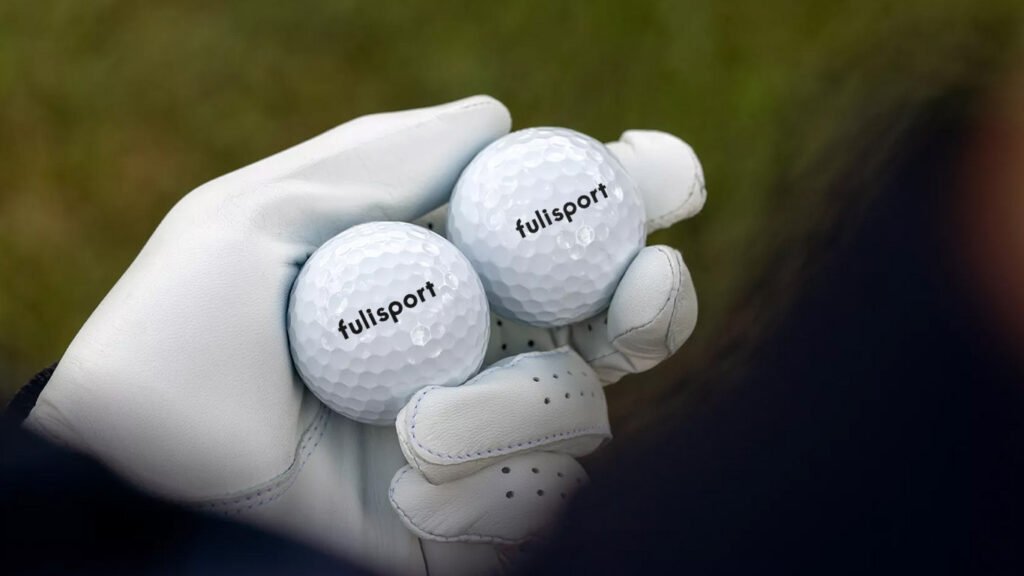
For intermediate level players, they have successfully passed the novice stage of golf. The speed and strength of the swing have been significantly improved compared with the beginners, and the control ability of the ball has also advanced to a new level.
Tee: Pursue distance, hardness ADAPTS to help tee off
On the tee, they are no longer as cautious as they were when they first learned. The swing is more fluid and powerful, and the whistle of the club through the air is louder. This gives them the ability to pursue longer kickoff distances. On a standard par four, for example, an intermediate player expects his tee shot to land exactly in the ideal fairway area about 200 yards from the green. Set the stage for the next shot.
At this time, the ball with a hardness of 80-90 becomes a helpful assistant. This kind of ball can effectively use the swing energy when it is hit by the powerful swing of the intermediate player, and the flight trajectory of the ball is stable and far. Like an aircraft with precise navigation, it smoothly flies towards the target area.
Fairway hitting: Dealing with complex terrain, accurate control is the key
In the fairway, when facing complex terrain such as bunkers and water obstacles ahead. Intermediate players need precise control over the direction and distance of the ball. For example, there is a wide bunker to the right of the fairway. Players need to hit the ball accurately to the left safety area and maintain the right distance to prepare for the next shot to approach the green.
The 80-90 hardness ball can help the player achieve precise control with its moderate elasticity and stability in this case. The flight direction deviation of the ball is small, and the distance can be better grasped.
Short shots around the green: Spin and feel determine accurate scoring
The short stroke operation around the green can be called the key embodiment of the technical improvement of intermediate players. In the chipping scenario, assume the ball is on a long grass area about 10 yards from the edge of the green. Players need to accurately control the flight height and rolling distance of the ball, so that the ball can smoothly cross the fluctuations of the grass and stop smoothly near the hole.
At this point, balls with moderate hardness, like the Callaway Chrome Soft series, can play to their advantages. It can produce just the right amount of spin at the moment of hitting the ball, and the altitude of the ball is easy to control as it flies through the air. With the friction generated by rotation after landing, the rolling distance can be precisely controlled. As if endowed with spirituality, follow the route and distance expected by the player.
Push rod: accurate and soft, moderate hardness to ensure stability
In putting, intermediate players are looking for precision and soft touch. When facing a putt of about 6 yards, the terrain around the hole is slightly undulating. Players need to control the power of the putter precisely so that the ball can slowly roll into the hole along a delicate path. The 80-90 hardness ball provides delicate touch feedback, and the player can clearly perceive the contact state of the ball and the ground through the club. Thus precisely fine-tune the putter strength, make the ball roll smoothly, and increase the probability of entering the hole.
The Callaway Chrome Soft series is well received by the mid-level player community for its excellent distance performance and excellent control performance. Let the players on the court whether it is offensive or defensive, can handle the comfortable. Meet every challenge with confidence. In addition to this series, the Titleist Pro V1x also performs well in the balance of distance and control. It can stay strong on long drives, short shots around the greens.
With excellent spin control and stable feel, it helps intermediate players to play accurately. The Srixon Z-Star series is also not to be underestimated, with its unique core design and shell material matching. Make the ball in the hardness of 80-90 range, both long-distance flight ability and fine control around the green. It can meet the strict requirements of intermediate players on the ball in different batting scenarios.
The Ultimate Choice For Senior Level Players

Advanced players are masters of the golf course, with extremely fast, powerful and consistent swings. The technical movements are smooth and natural, down to the rotation of each joint and the contraction of each muscle. All have been tempered, and reached the realm of perfection. For the flight performance of the ball, they pursue the ultimate distance. Eager to push the limits and set new records every time you hit the ball.
For the control accuracy, there is no tolerance for the slightest deviation. In a variety of complex and changeable court environment, it is necessary to ensure that the ball can accurately fly to the target. Achieve strategic intent with each shot. In this case of extremely high requirements for the performance of the ball, a hard ball with a hardness of 90-105 becomes their best choice.
ADAPTS Powerful Swing To Achieve Super Long Distance
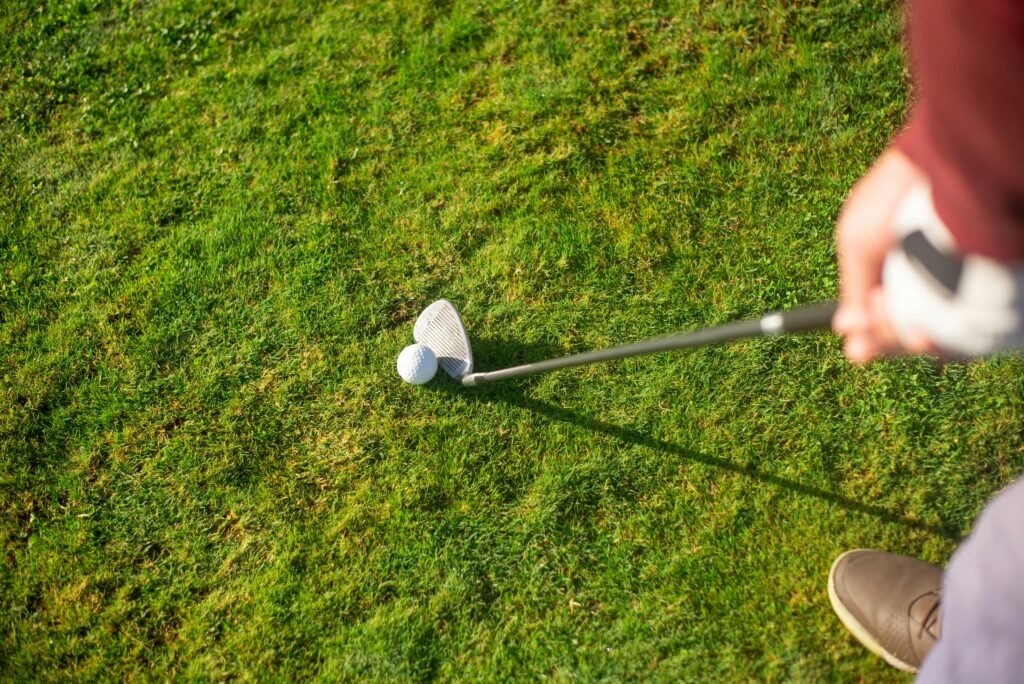
The hard ball can perfectly adapt to the powerful swing power of advanced players, and transfer the huge energy contained in the club to the ball without reservation, helping the ball to achieve a long flight distance. For example, in the long holes of some tournaments, advanced players use hard balls. The distance of the tee shot is often far beyond that of other players, which gives a great advantage for subsequent shots.
Steady Straight Flight, Break Through Complex Obstacles
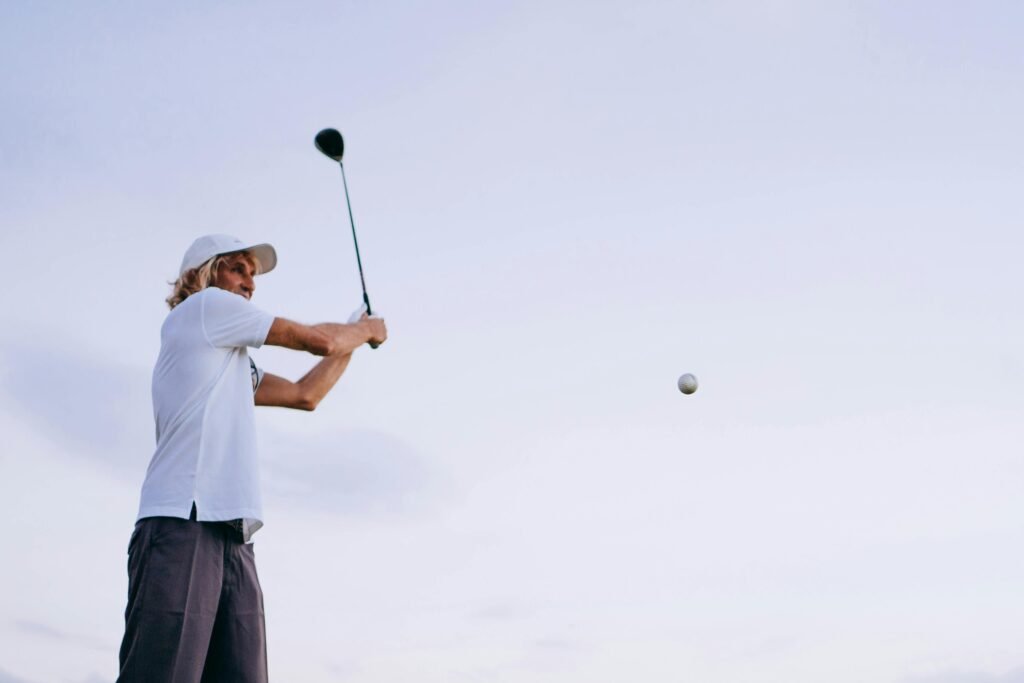
At the same time, the hard ball exhibits extremely high stability and straightness during flight. Help advanced players accurately plan the flight path of the ball in complex court layouts. Break through the obstacles, hit the target. Just like on a course with narrow fairways and thick trees on both sides. The steady flight of the hard ball ensures that advanced players can hit the ball accurately and avoid obstacles.
Like the Taylormade TP5 series, with its excellent high hardness characteristics. It appears frequently in professional competitions and high-level amateur events, and has become a trusted partner of many masters. It meets the dual strict requirements of senior players for distance and control, helping them to create brilliance on the field and hold the glory trophy.
Comprehensive Consideration, Choose The Best Ball
It should be emphasized that the level of the shot is only an important factor when choosing the hardness of the golf ball. In the actual golf, the long-term personal batting habits have a non-negligible impact on the choice of the ball. For example, some players are used to hitting the ball hard and enjoy the pleasure of power bursts. When they choose a ball, they may prefer a ball that can withstand the impact of a strong force and exert the greatest power. And some players prefer delicate control, the pursuit of every shot can be accurate. Such players may prefer balls that offer a sense of precision.
In addition, the actual conditions of the court will also affect the performance of the ball. For example, on dry hard courts, the ball will roll faster, and the difficulty of controlling the ball will increase accordingly. At this time, it may be necessary to choose a ball that can better control the roll and has a certain slowing effect. On wet grass courts, the friction between the ball and the ground increases, and the flight distance may be affected to some extent. This requires the ball to have the characteristics to maintain good flight performance in this environment.
It can be seen that players should not make hasty decisions based on theoretical knowledge only, but should consider various factors. The best way is to try the different hardness of the ball in person, in the actual stroke process. Carefully feel the unique performance of each ball in terms of distance, control, feel, etc. Combine these real experiences, after careful consideration, and finally determine the most suitable for your golf ball hardness. Only in this way can the players give their full play on the golf course. Enjoy this elegant sport and leave your mark on the world of golf.
FAQS
How do I choose the right golf ball for my skill layer?
Beginners should start with two-layer balls for ease of use and affordability. Intermediate players might benefit from three-layer balls for better control.
Advanced players can explore four or five-layer options to enhance their performance.
Are more layers always better?
Not necessarily. While more layers can offer advanced performance features, they may not be suitable for every player.
Beginners might find multi-layer balls harder to control, while more experienced golfers can benefit from the added complexity.
What is Fuli lead time?
Usually, we ship orders in 2 weeks. But it will take a little longer if we have the heavy burden of production tasks. It also takes more time for customized products.
Can the weather affect the choice of golf ball?
Absolutely. In colder weather, a softer ball might provide better feel, while in warmer conditions, a firmer ball might maintain distance better.
Additionally, wet conditions may call for balls that offer better traction and control.
How often should I change my golf balls?
Golf balls should be replaced if they show visible signs of damage (scrapes, cuts) or if you notice a decline in performance.
Regular players may want to change balls every few rounds, while casual players can go longer.
Leave a Reply
Your email address will not be published. Required fields are marked *
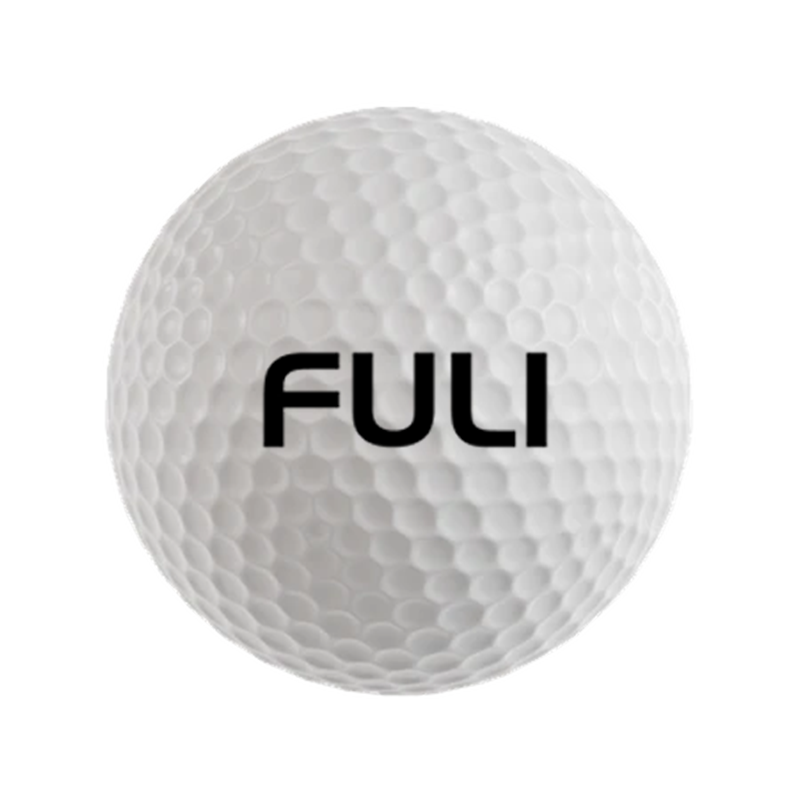
Are you looking for
GOLF BALL?
Offers Suitable Golf For Wholesalers And Professionals

